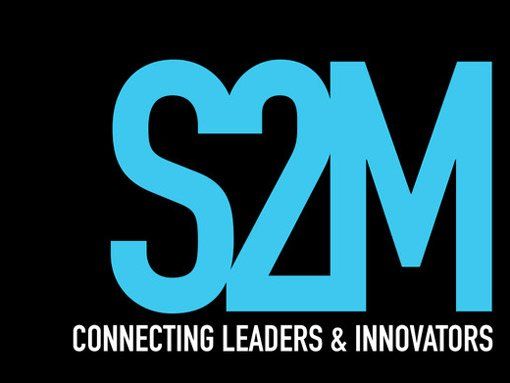How to transition to a new role: 3 simple tips to bring you up to speed
When commencing a new role, most people find themselves in deep water. Here are three tips to help you not sink but float and inevitably swim in your new role.
1. The goal is not to learn, but to unlearn
Many organisations have their own specific way of doing things, which is what forms the organisation’s identity and culture. When entering into a new role, it is important to recognise that that organisation existed before you got there, and that you are not going to change its culture overnight.
With this in mind, when entering a new organisation the goal becomes to not only learn your role but unlearn the old way of doing things, so that you may better understand the new way.
This principle not only extends for your role, but the organisation as a whole. It is important to have an open mind when dealing with customers, staff, clients and contractors so you can achieve organisational fit (read; not so much fitting, more finding where you’re meant to be).
2. Iron sharpens iron
As the saying goes, when fashioning a sword in metalwork you need to pair iron with iron. In your next organisation, you need to be paired with someone who can not only train you up, but whose habits you can mimic when finding your feet in a new role.
For example, an account manager role we recently hired for came with a brief that stated who the person would be immediately working with for training and assistance. As it turned out, the person that was training them up had a decade of experience not only in sales, but had also worked at the executive level. Our team was then able to fill the role based on the credentials of the training that they would receive as part of the role.
If no formal training is available, then the next best thing is to identify the best person to learn from. This is often a tenured member within the team who can show you the ropes. By observing and integrating their positive work habits, , you can often make progress in leaps and bounds for your skillset.
3. You can’t play pool with a piece of rope
Ok, so this is a bit of a funny image, but it has to do with flexibility vs rigidity. It was a saying that my old boss used to use when he wanted people to lift their game in the workplace, and it kind of stuck.
This tip has to do with making sure that you are not too flexible, or flimsy and can stick to the task on hand. It also means that you may have to make some sacrifices in the early days to learn. This includes staying back late, having to take a late lunch break and maybe buying people coffee to make sure they’re still ok with you after you make your 50th mistake. The point is, sometimes you have to be prepared to do the things that might make you a little bit uncomfortable to ensure that you can nail your role. Later down the track, once you know your role well, you can get the flexibility you need.
And so, if you really want to nail your new role, try to unlearn the habits you had before you started, hang around with the best people in the role and try to go the extra mile to learn.
Adrian Fowler
– Talent Lead – Media Agency & Sales
Adrian Fowler works for a leading Digital recruitment firm S2M with offices in Sydney, Melbourne and Singapore .
If you are a Technologist interested in a confidential chat, then get in touch on adrian.fowler(at) s2m.com.au





